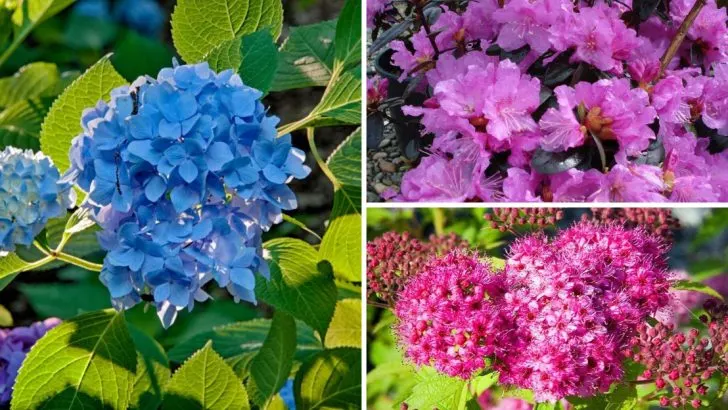Pruning can feel a bit like guesswork—snip too early or too much, and suddenly you’re wondering why nothing’s blooming. I’ve made that mistake more than once, and it’s usually around this time of year when I start eyeing every shrub in the yard, shears in hand, wondering what actually needs a trim.
Timing makes a huge difference, especially in May. Some shrubs benefit from a good cutback right now, setting them up for strong growth or better blooms later in the season. Others? You’re better off leaving them alone unless you want to accidentally cancel their flower show. Here’s a rundown of which ones to tackle this month, and which to leave be.
Forsythia
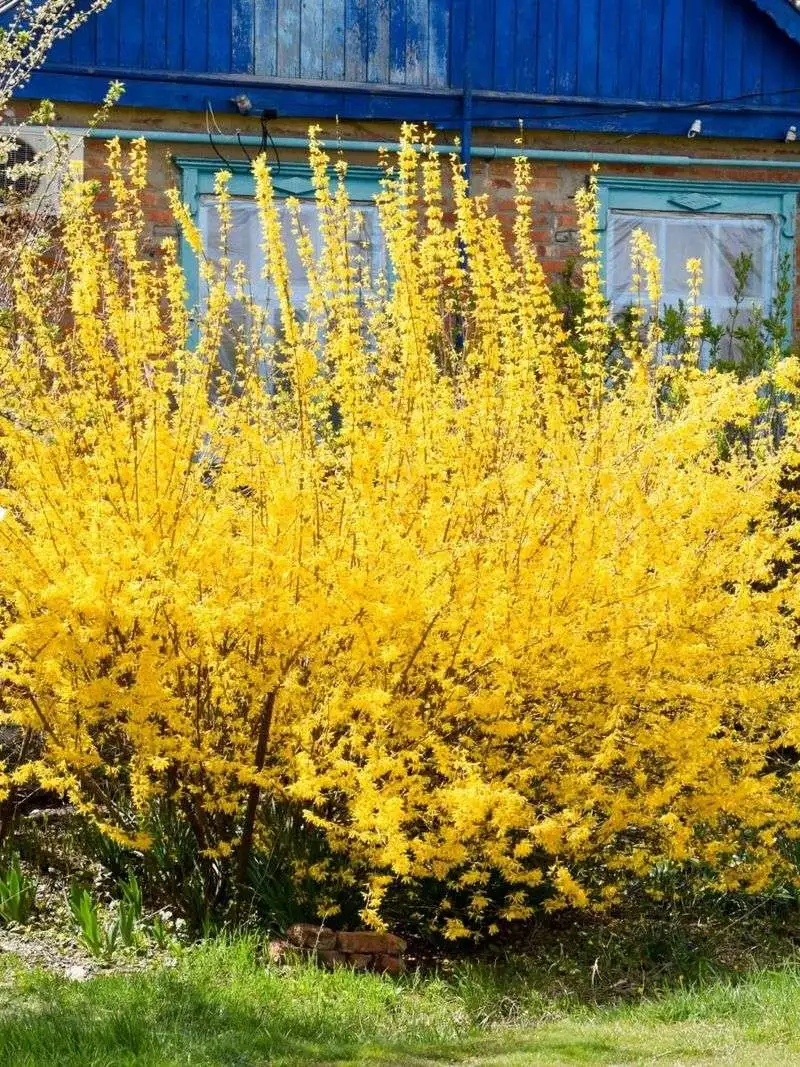
Forsythia is like that friend who’s always ready for a makeover. With its cheerful yellow blooms, this shrub flourishes when pruned after flowering. Snipping away old wood encourages new growth and more vibrant blossoms next season. Start by removing dead or diseased branches.
Once you’ve tidied up, focus on maintaining its shape. Forsythia can grow quite vigorously, so don’t be shy about cutting back. Just avoid trimming in the fall, as it could reduce the next spring’s bloom. With proper care, your Forsythia will shine as a garden star.
Lilac
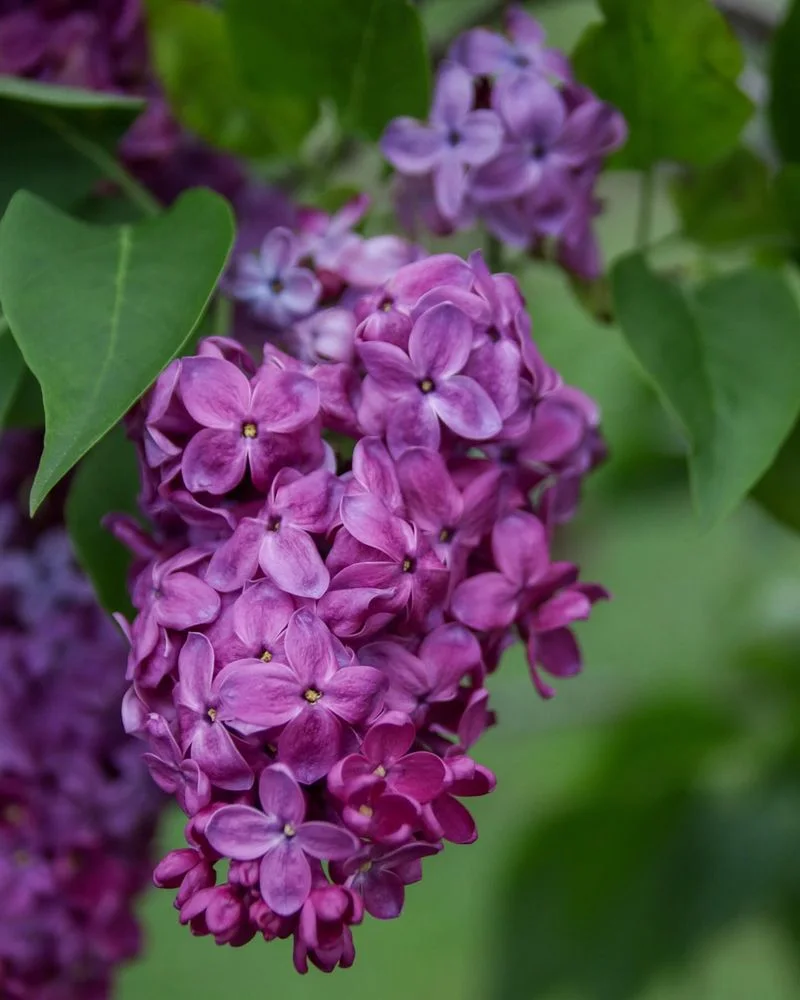
Lilacs are synonymous with spring, their fragrance wafting through gardens like a sweet melody. Pruning lilacs is best done right after their bloom cycle. By trimming spent flowers and thinning out older stems, you can promote healthy growth and flowering.
Start with the oldest, thickest branches first. Removing these allows sunlight to penetrate, invigorating younger shoots. Remember, lilacs love to stretch out, so space them apart to breathe. Regular pruning ensures a flush of purple blooms that will delight both you and your garden visitors.
Rhododendron
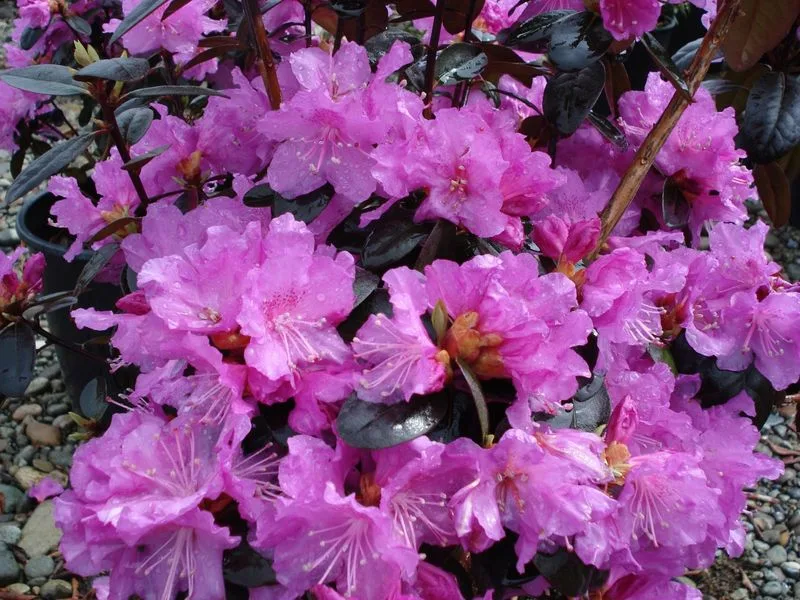
Rhododendrons, with their clusters of vibrant blooms, are a gardener’s delight. However, pruning them requires a gentle touch. After the spring bloom, remove spent flowers by snapping them off at the base. This process, called deadheading, prevents seed formation and encourages more blooms.
While pruning, also look for any dead or crossing branches to improve air circulation. Rhododendrons prefer a bit of shade, so avoid heavy pruning that might expose them too much to the sun. With careful tending, they offer a stunning display year after year.
Hydrangea
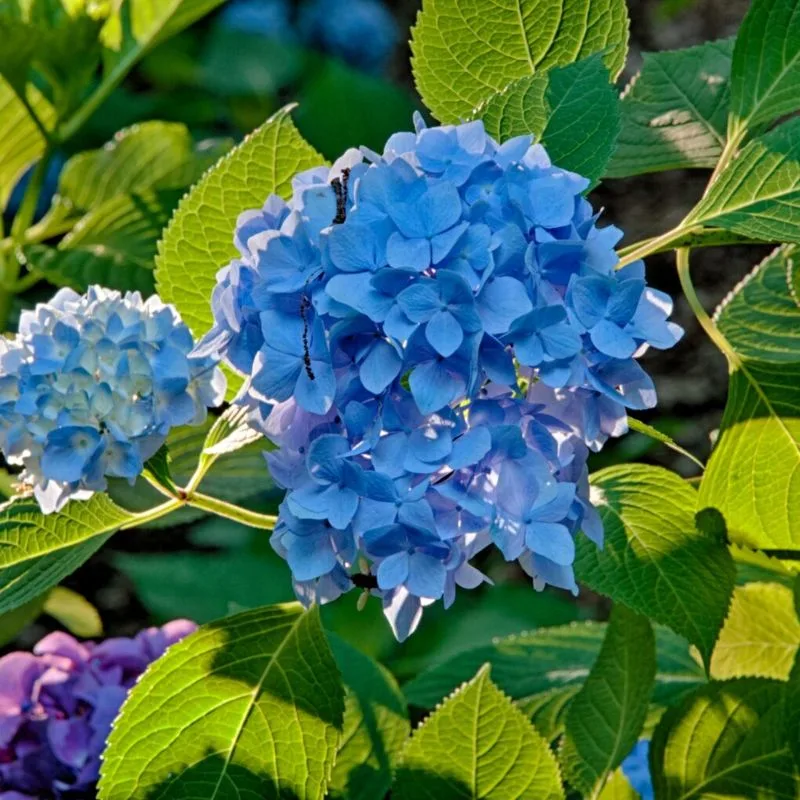
Hydrangeas are the drama queens of the garden, known for their spectacular blooms. Pruning them in May is perfect for varieties like mophead and lacecap. Focus on removing old wood and shaping the plant to encourage airflow.
Cut back stems to a pair of healthy buds, ensuring they’ve finished blooming. Hydrangeas thrive with a little attention, so keep an eye on their water needs. Over-pruning can lead to fewer flowers, so take your time. With the right care, your hydrangeas will steal the garden spotlight.
Boxwood
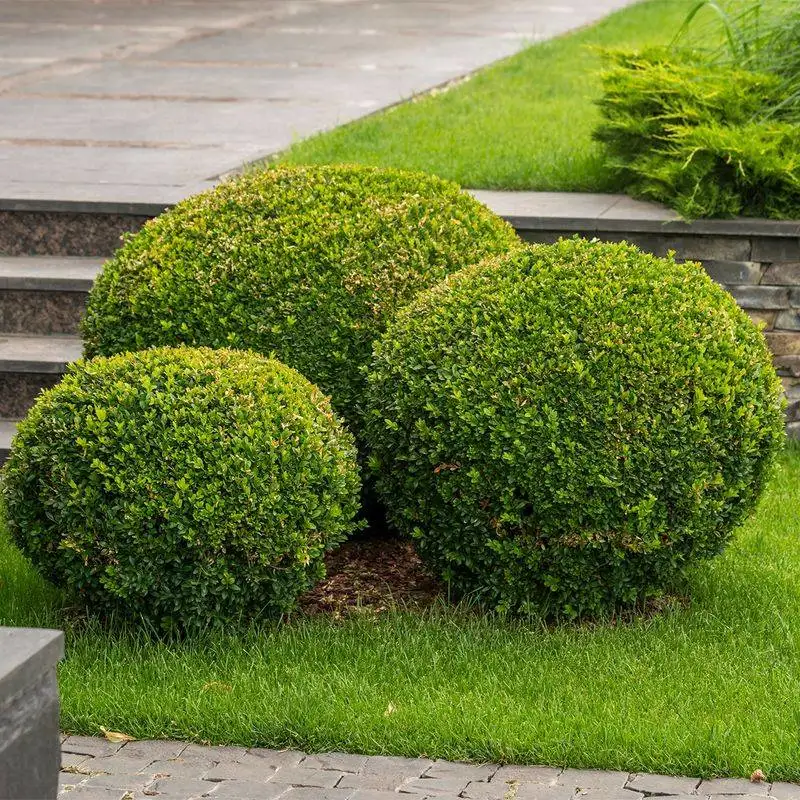
Boxwood is the backbone of many garden designs, offering structure and formality. Pruning in May keeps them looking sharp. Begin with a light trim to maintain shape and remove any winter damage.
Boxwoods grow slowly, so precision is key. For best results, use sharp shears and trim evenly. Regular pruning prevents disease and promotes a dense, healthy appearance. Boxwoods are versatile, perfect for hedges or topiaries. With regular care, they’ll remain a steadfast feature in your garden design.
Azalea
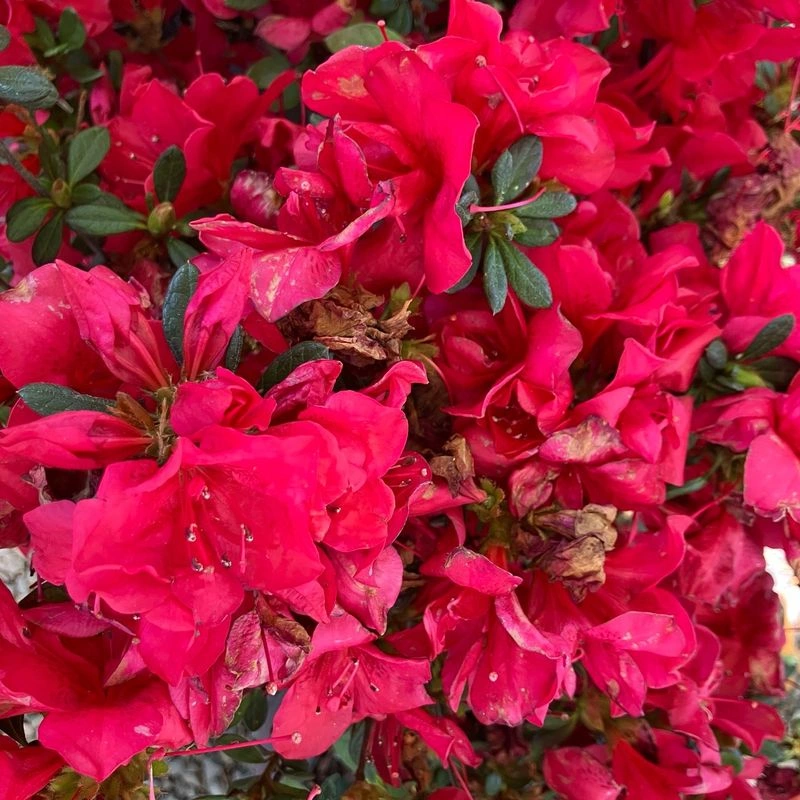
Azaleas bring vibrant color to spring gardens, blooming in shades from pink to white. Pruning them after their bloom ensures they continue to thrive. Start by deadheading faded flowers gently.
Look out for any crossing branches and remove them to improve airflow. Azaleas appreciate a little breathing room, so don’t hesitate to thin them out a bit. Pruned correctly, they reward you with a dazzling display next season, making them a gardener’s favorite. Keep them watered and enjoy their beauty year after year.
Spirea
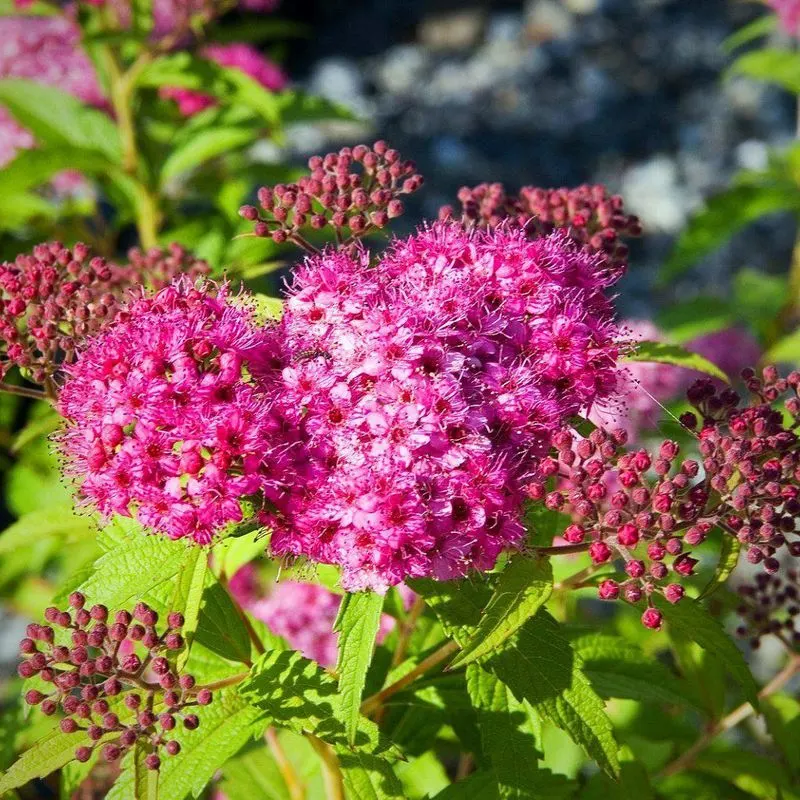
Spirea shrubs are the underappreciated beauties of the garden. They’re easy to care for and respond well to pruning. May is the perfect time to trim them after flowering. Start by cutting back old and tired stems to promote new, vigorous growth.
Focus on maintaining their natural shape, avoiding overly harsh cuts. Spirea thrives in sunny spots with good drainage. With just a little attention, they’ll reward you with a second flush of blooms, filling your garden with their delicate beauty.
Clematis
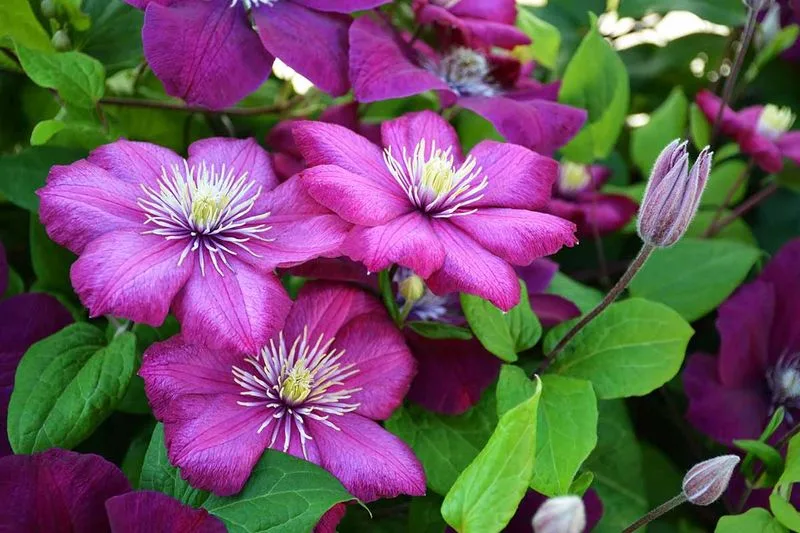
Clematis vines weave enchantment through any garden, especially when pruned correctly. May is ideal for trimming spring-blooming varieties. After the blooms fade, remove dead or weak stems to foster stronger growth.
Focus on untangling any wayward vines, guiding them gracefully along their support. Clematis thrives with a little sun on their flowers and shade on their roots. Proper pruning ensures a stunning floral display, adding vertical interest and charm to your garden space.
Buddleia
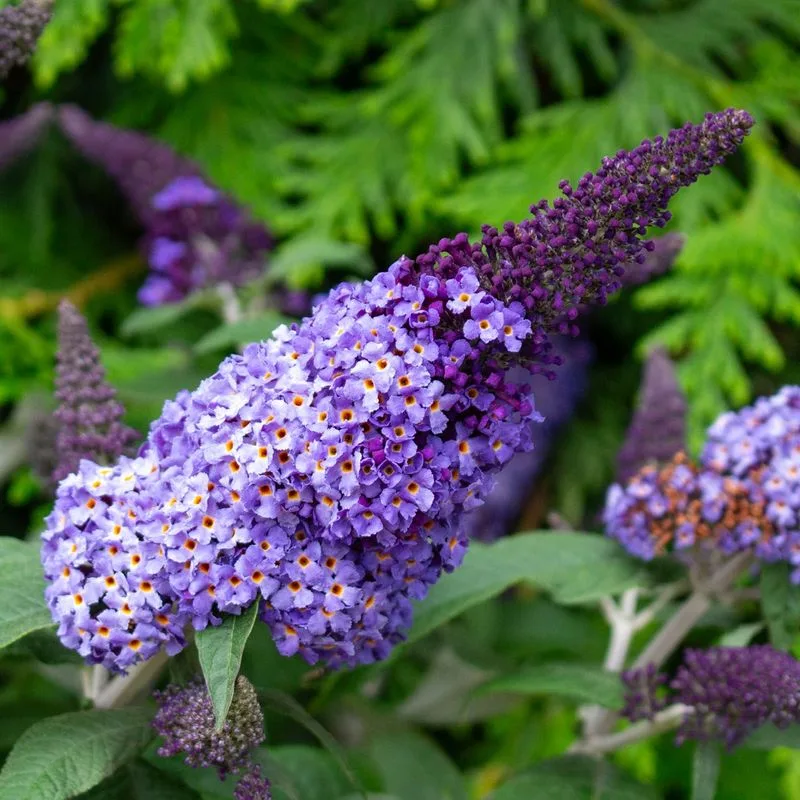
Buddleia, or butterfly bush, is a magnet for pollinators. Pruning in May keeps it compact and ensures a bounty of flowers. Start by removing dead or damaged wood, which can harbor pests.
Cut back the previous year’s growth by about a third to encourage fresh blooms. Buddleia love the sun, so place them in a sunny spot with good drainage. With their enticing scent and vibrant blooms, your garden will buzz with butterflies and beauty all summer long.
Weigela
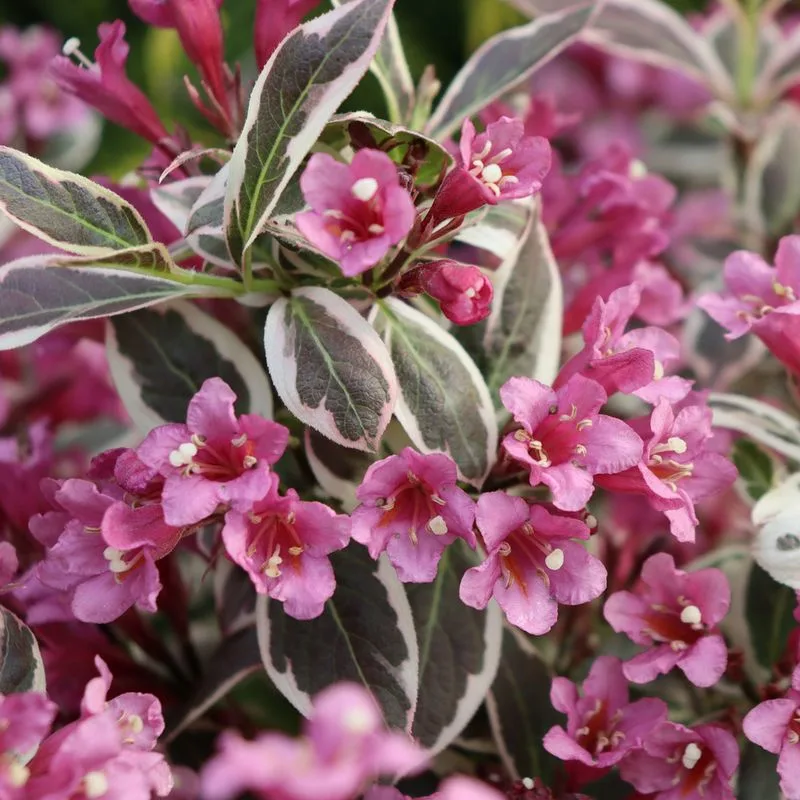
Weigelas are charming, with their tubular blooms attracting hummingbirds and butterflies. Pruning them after their spring show is essential for continued health. Trim away spent flowers and unruly branches to maintain shape.
Focus on thinning out older stems to allow sunlight to reach the inner branches. Weigelas thrive best with some space to spread out, ensuring a breath of fresh air flows through. With these simple steps, your Weigela will be a highlight in your garden, loved by both insects and humans alike.
Mock Orange
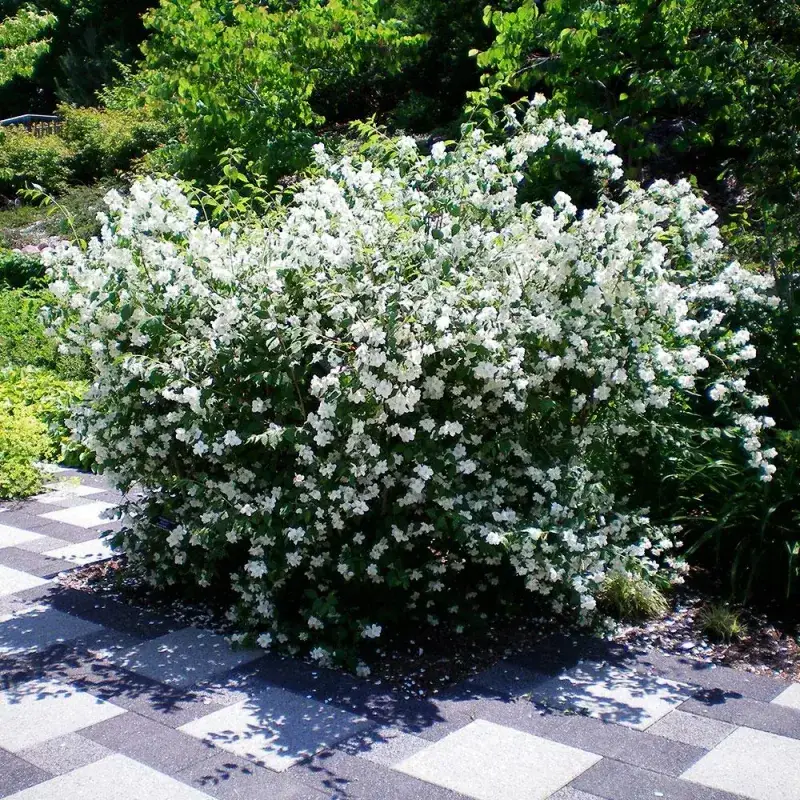
Mock Orange is the unsung hero of fragrant gardens with its orange-blossom scent. Pruning this shrub after the floral display keeps it healthy. Begin by cutting back spent flower stems, focusing on a tidy shape.
Remove crossing or dead branches to improve air circulation. Mock Orange enjoys well-drained soil and a sunny position. By giving it a good prune in May, you’ll be rewarded with an intoxicating scent wafting through your garden, inviting everyone to pause and enjoy.
Potentilla
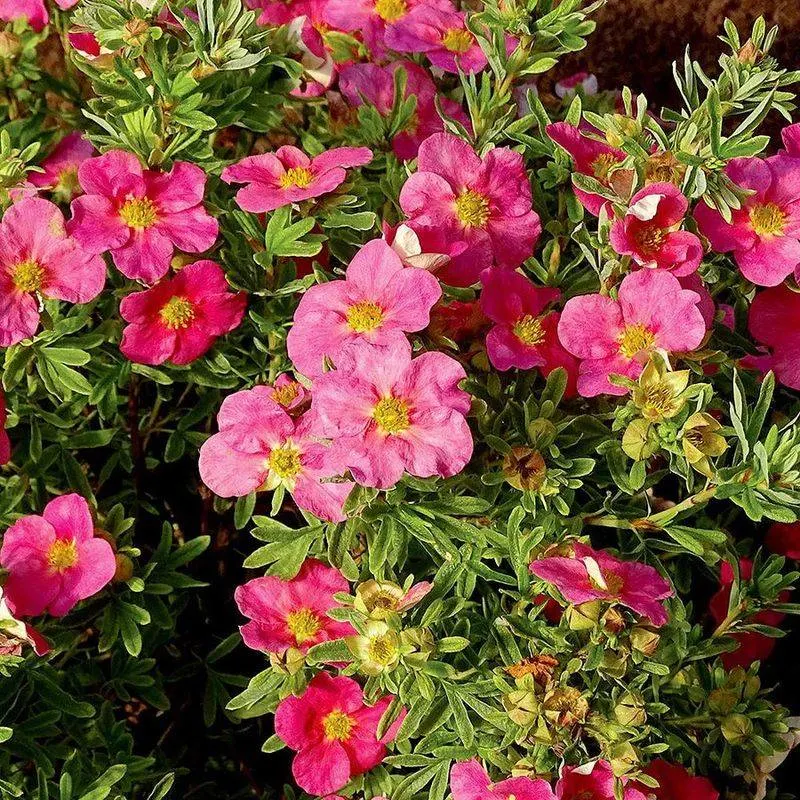
Potentilla adds a splash of sunshine to any garden. These hardy shrubs are best pruned in May after their blooming period begins. Remove old or damaged wood to encourage new growth.
Focus on maintaining a compact shape, which helps in more prolific flowering. Potentillas love full sun and are drought-tolerant. With minimal fuss, these cheerful plants will brighten your garden borders with their lively yellow blooms, bringing joy all summer long.
Camellia (Avoid Pruning)
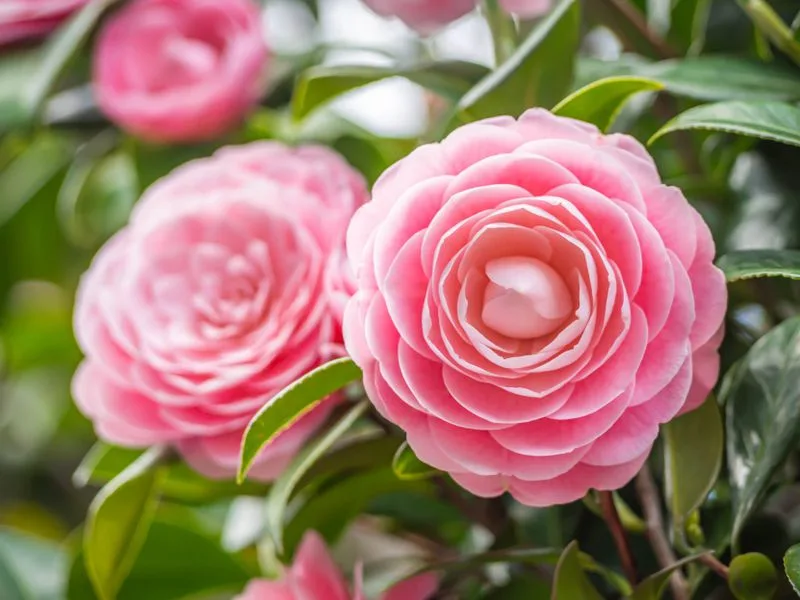
Camellias are garden divas, preferring to be left to their own devices. Pruning them in May can disrupt their blooming cycle. They form buds in summer, so it’s better to prune immediately after flowering in late winter or early spring.
Focus on removing only dead or crossing branches. Camellias love a sheltered spot with dappled shade. By avoiding a May prune, you’ll preserve their luxurious blooms for the next season, keeping your garden vibrant and colorful.
Rose of Sharon (Avoid Pruning)
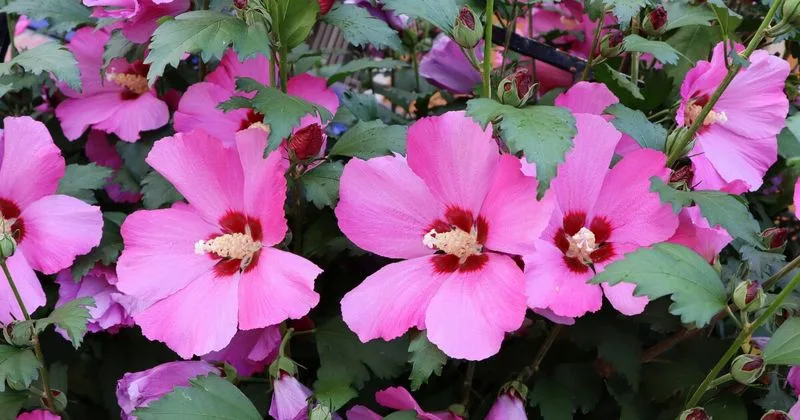
Rose of Sharon is a late summer bloomer, so avoid pruning it in May. Pruning should be done in late winter or early spring, before new growth starts. This shrub is forgiving and can handle a hard cut back then.
In May, focus on removing only deadwood to keep it healthy. Rose of Sharon thrives in sunny locations with well-drained soil. By respecting its natural cycle, you’ll enjoy an abundance of beautiful blossoms when the time is right.
Wisteria (Avoid Pruning)
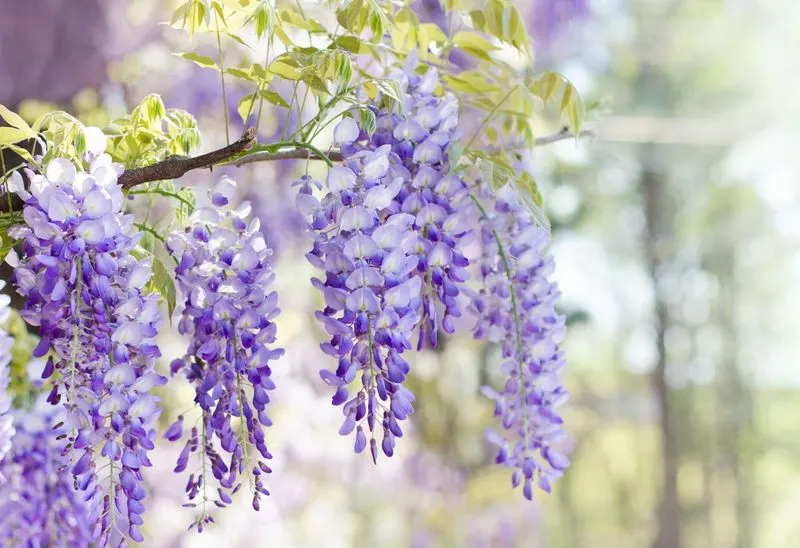
Wisteria is the romantic of the plant world, but pruning it in May can lead to issues. This vine is best trimmed in late winter or just after its first bloom in spring. May pruning may remove buds that contribute to its stunning summer display.
Focus instead on training it along trellises or support structures. Wisteria enjoys full sun and can transform any garden with its beauty. Leave it alone in May, and you’ll be rewarded with breathtaking blooms that captivate every viewer.
Lavender (Avoid Pruning)
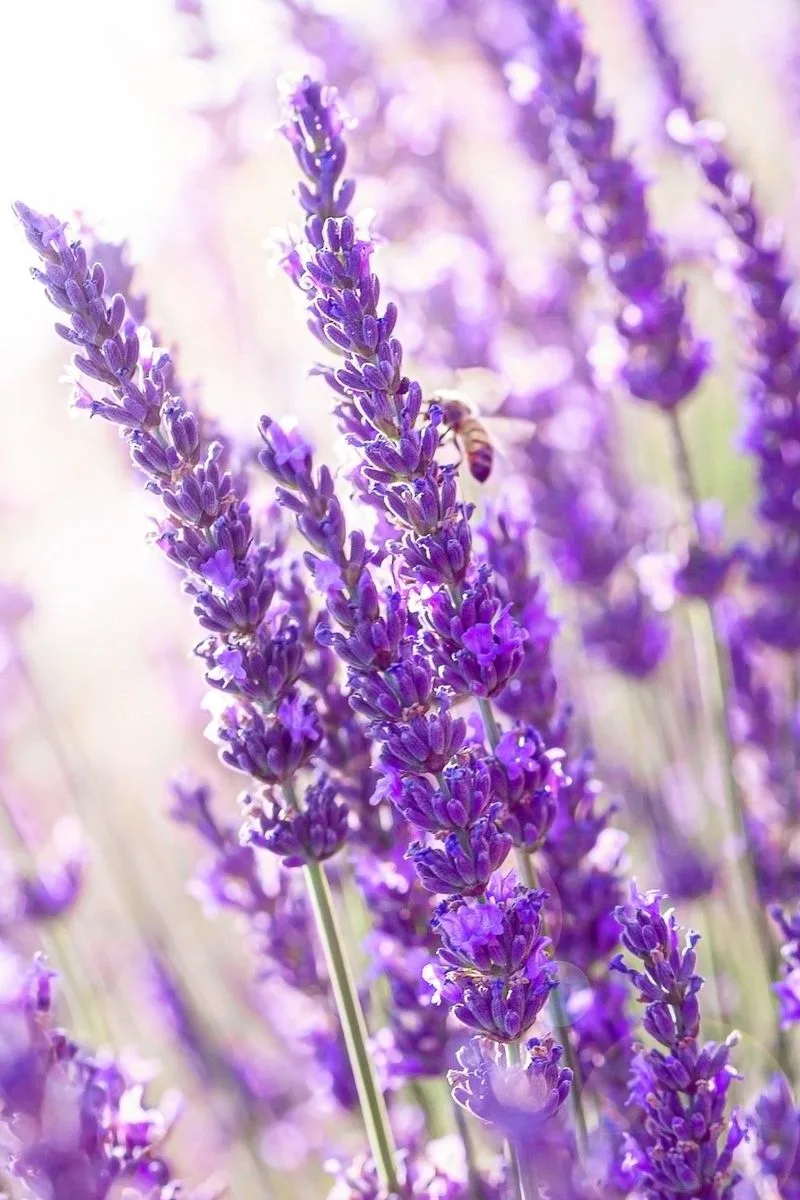
Lavender fills the air with its calming scent, but resist the urge to prune in May. This aromatic shrub should be pruned after its first bloom in late summer. May pruning can stress the plant, reducing its fragrant flowers.
Instead, focus on harvesting some stalks for dried arrangements or sachets. Lavender thrives in well-draining soil and full sun. By allowing it to grow undisturbed in May, you’ll enjoy its fragrant bounty and a garden full of tranquility.
Magnolia (Avoid Pruning)
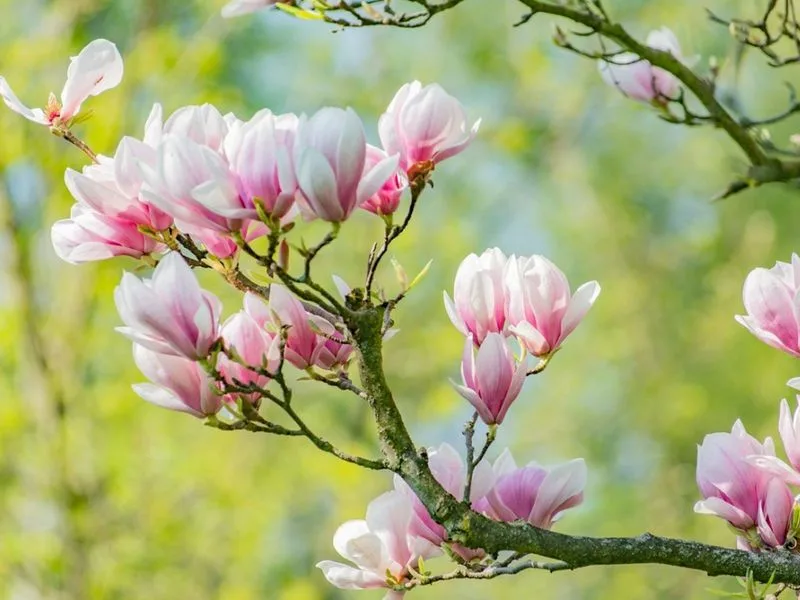
Magnolias are the aristocrats of the garden world. Pruning them in May can be detrimental, as it might hinder their majestic blooms. They require only minimal pruning, best done immediately after flowering.
Avoid cutting into thick branches; focus on deadwood removal. Magnolias prefer a sheltered spot with partial shade. Let them grow naturally, and their large, cup-shaped flowers will be a garden spectacle, inviting admiration from all who pass by.
Gardenia (Avoid Pruning)
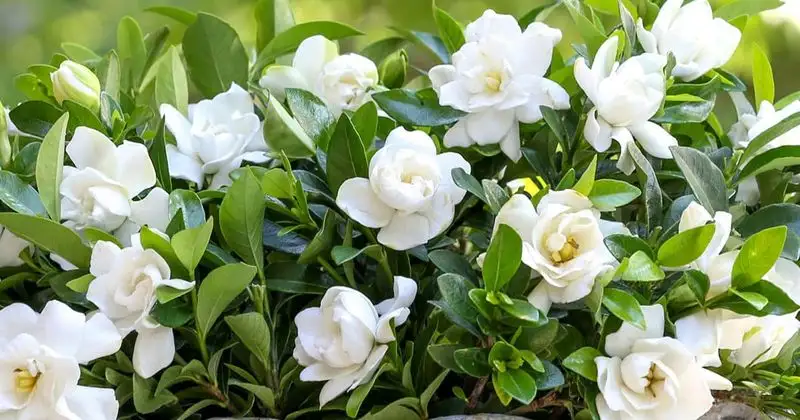
Gardenias enchant with their sweet perfume, but they don’t like a May haircut. These shrubs are best pruned after their bloom in late spring or summer. Pruning in May can remove buds and reduce their floral display.
Focus on keeping them well-watered and in acidic soil for optimal growth. Gardenias thrive with a bit of morning sun and afternoon shade. By allowing their natural cycle to flourish, you’ll enjoy their heavenly scent and robust blooms come summer.
Heath (Avoid Pruning)
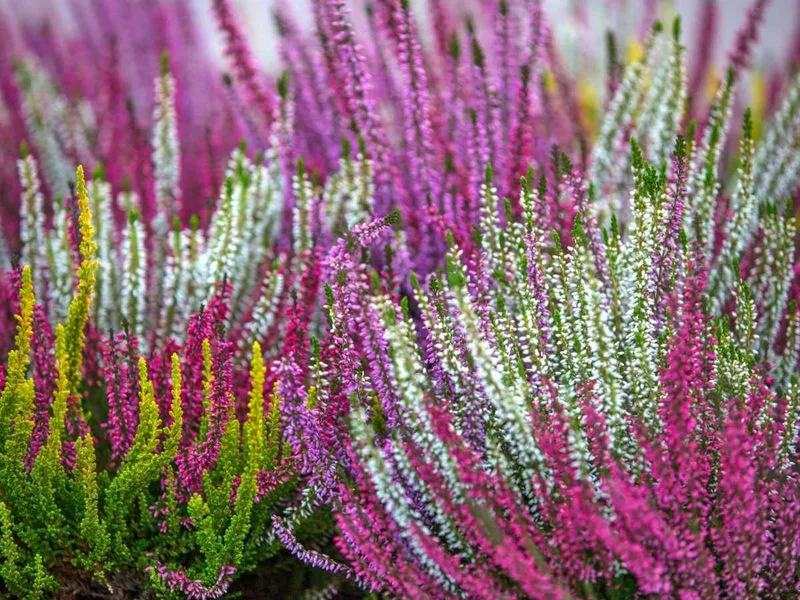
Heaths are delicate, low-growing shrubs that prefer minimal interference. Pruning them in May can disturb their natural form and reduce flowering. It’s best to prune lightly after they bloom in winter or early spring.
In May, focus on enjoying their evergreen nature, providing structure and interest to rocky gardens. Heaths thrive in well-drained, acidic soil. By leaving them be, you’ll ensure their health and appreciate their understated beauty year-round.
Pieris (Avoid Pruning)
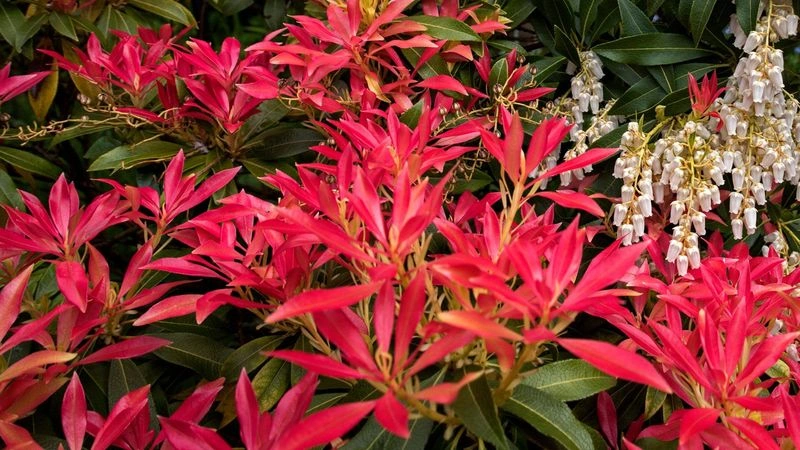
Pieris, with its colorful new growth, is a standout in any garden. Yet, May is not the time to prune this beauty. Pruning should be done after it finishes flowering in spring. May pruning can stunt new growth and reduce its colorful display.
Instead, focus on ensuring it’s in acidic, well-drained soil with some shade. By respecting its growth cycle, you’ll enjoy its vibrant colors and delicate flowers throughout the season, adding a touch of elegance to your garden landscape.

